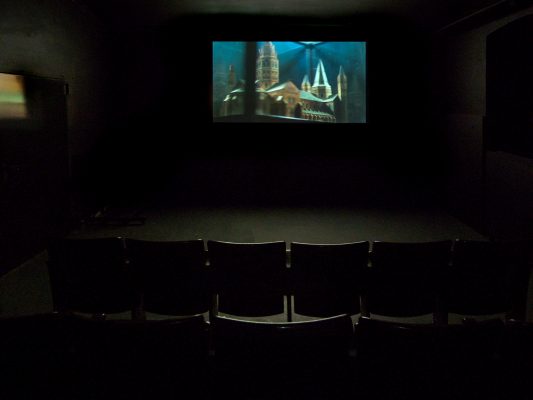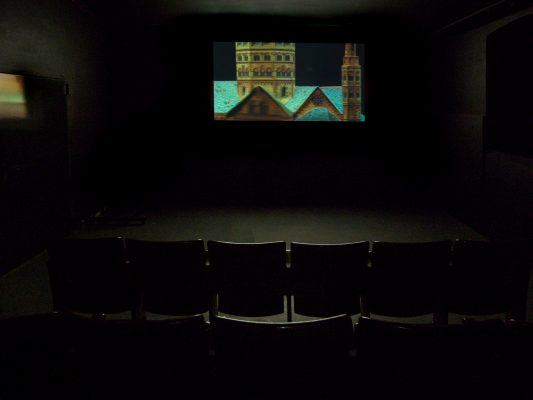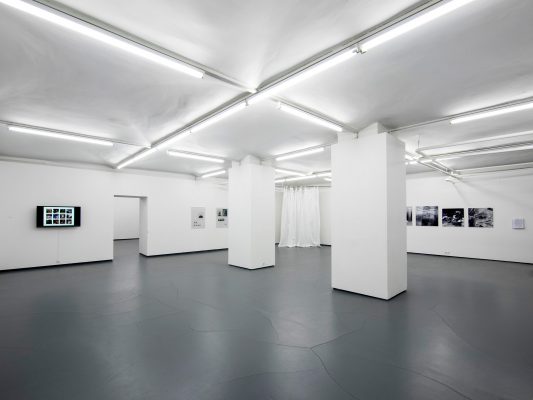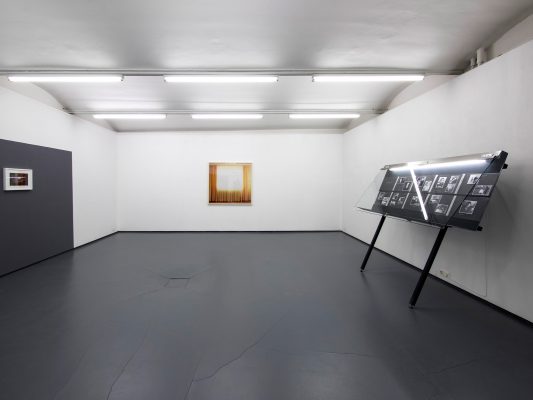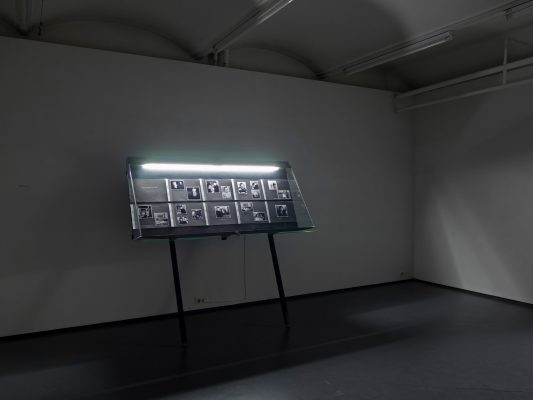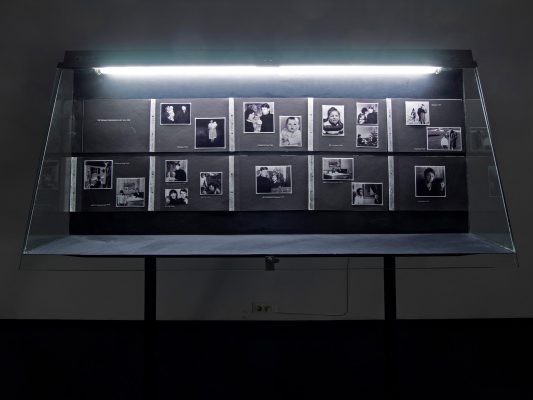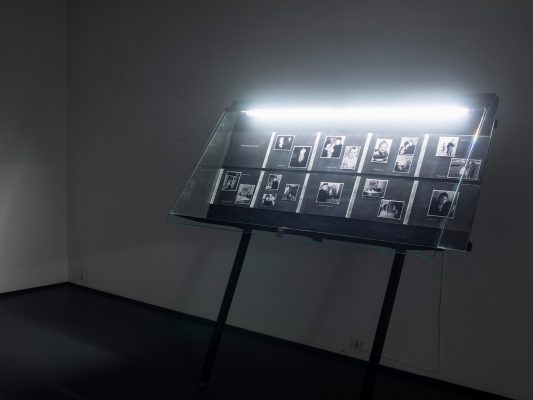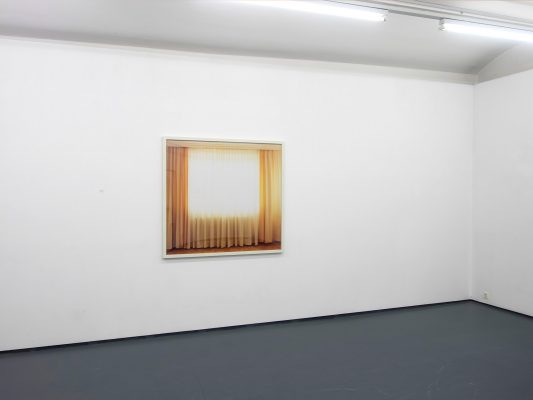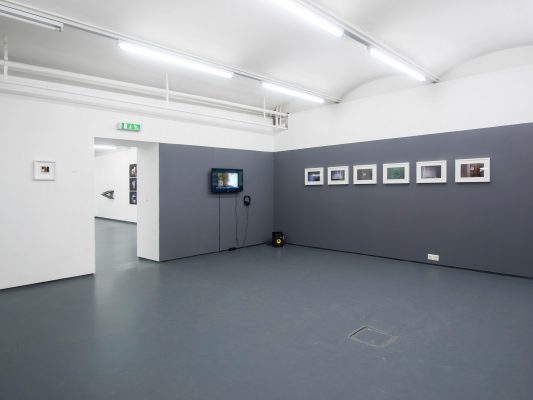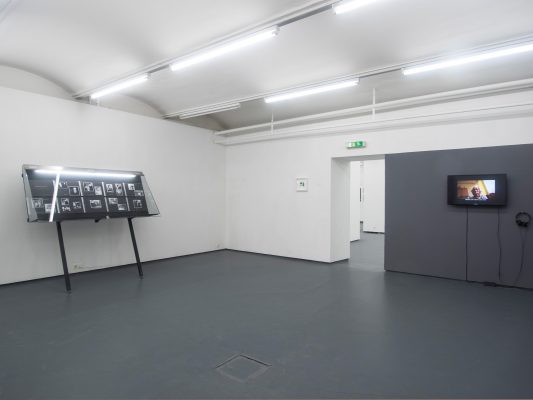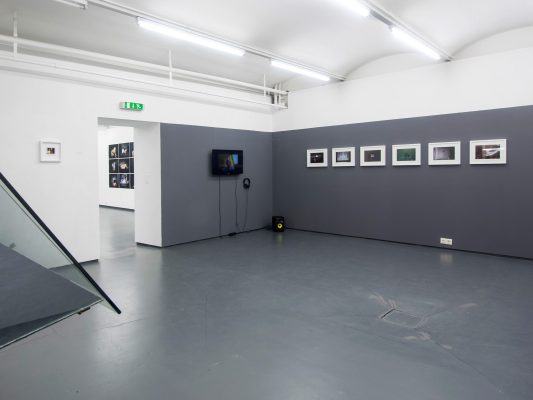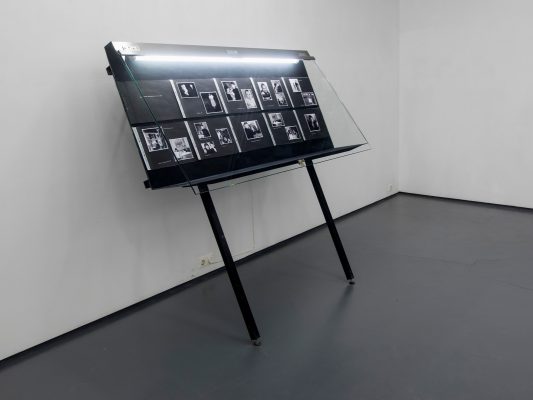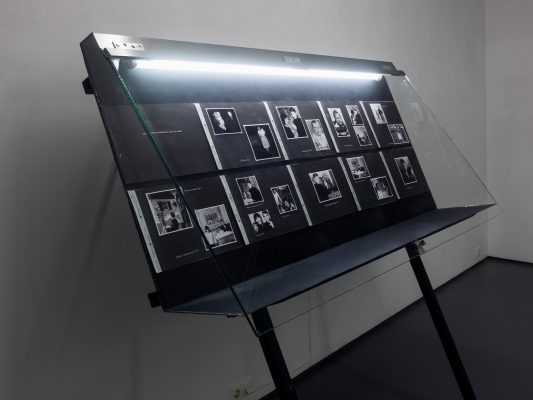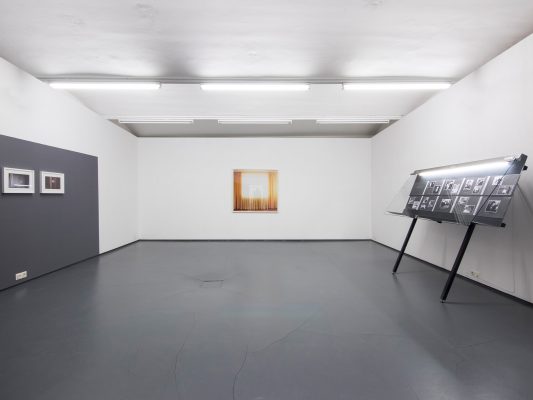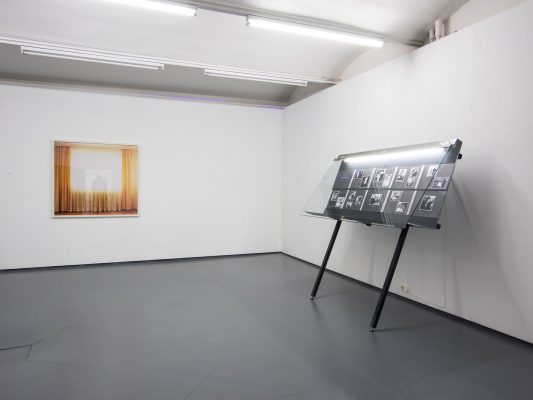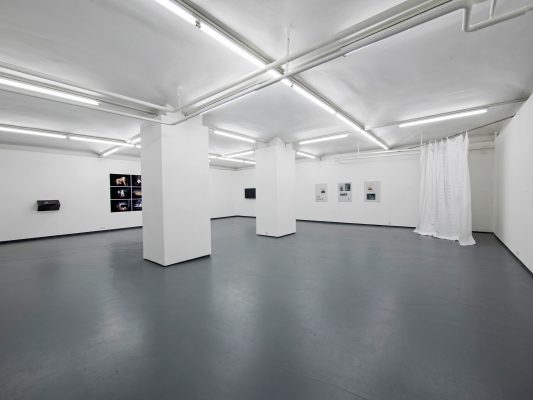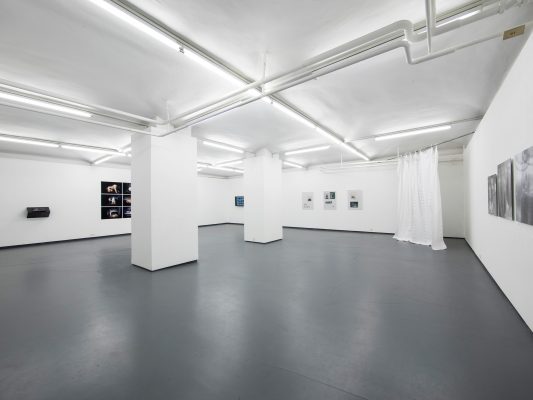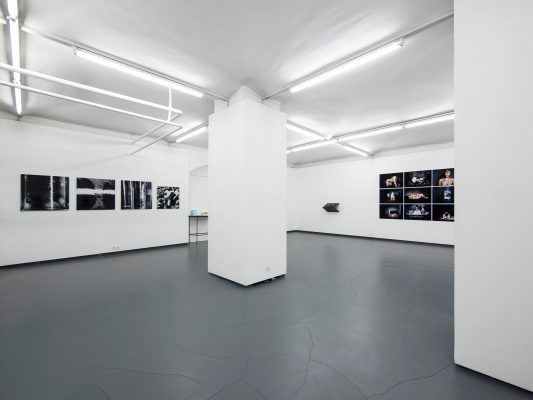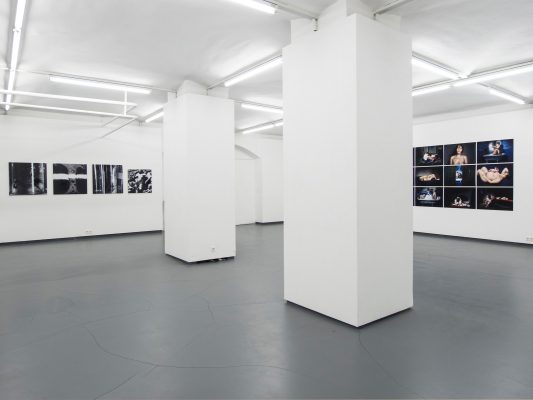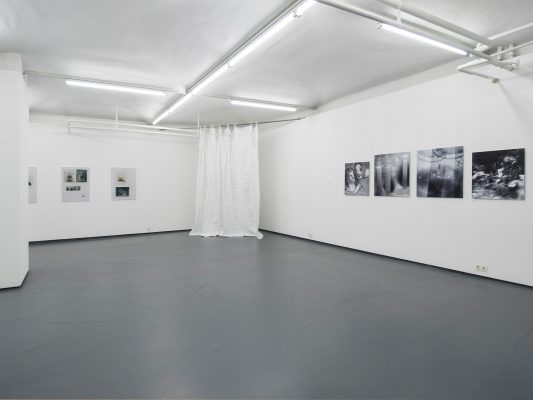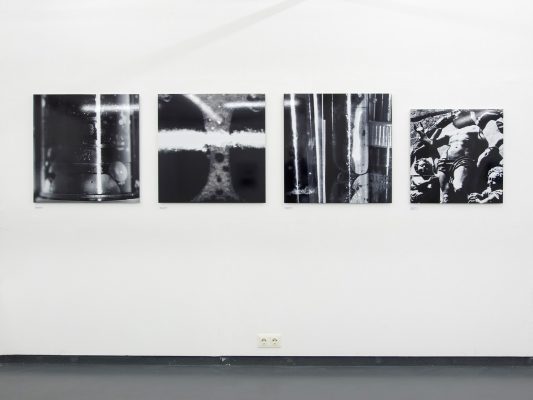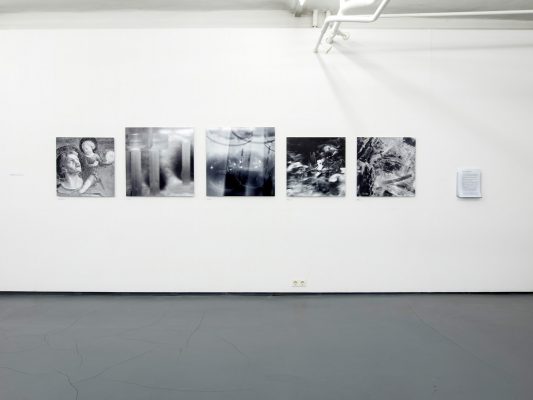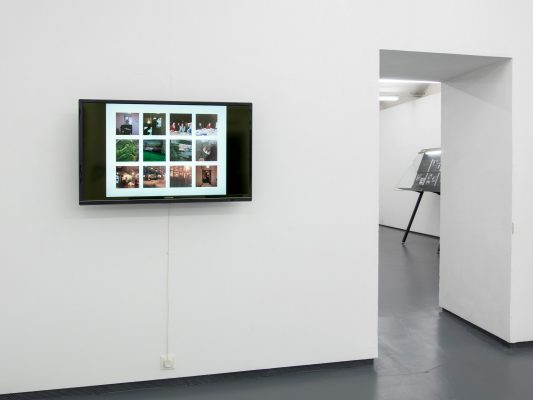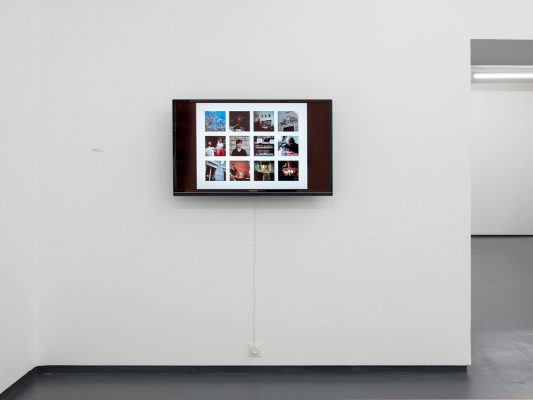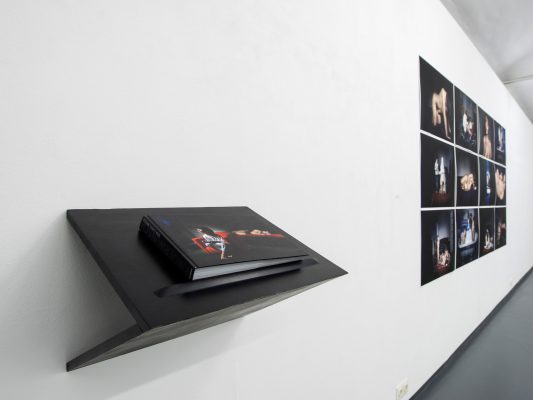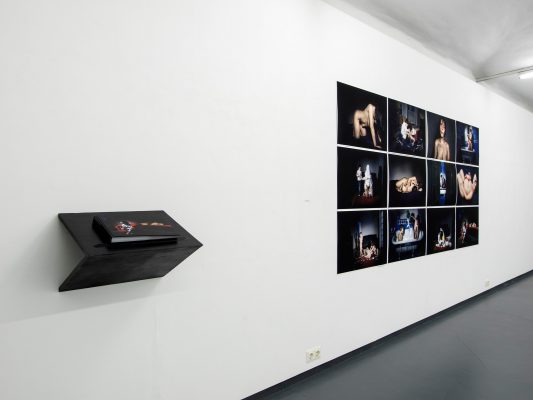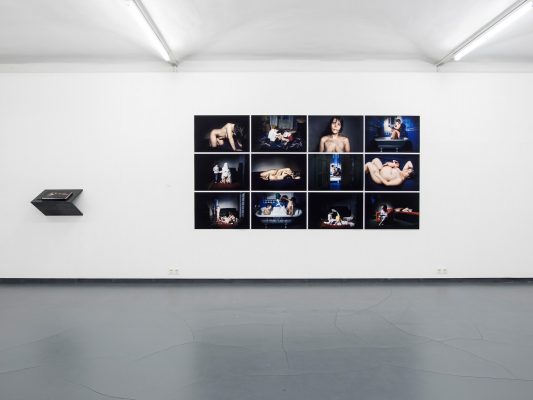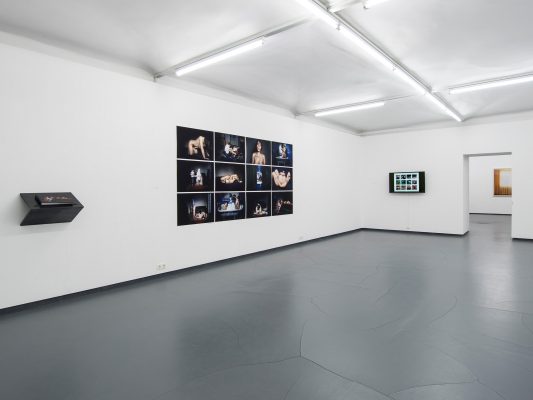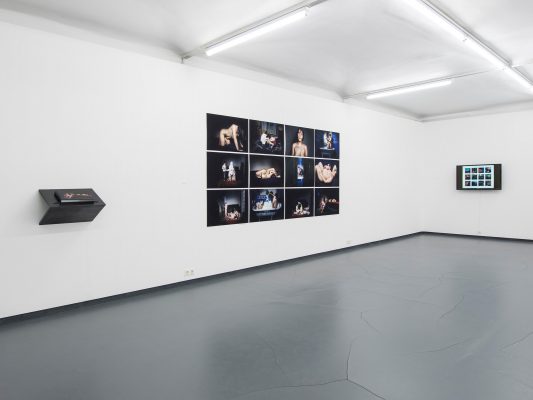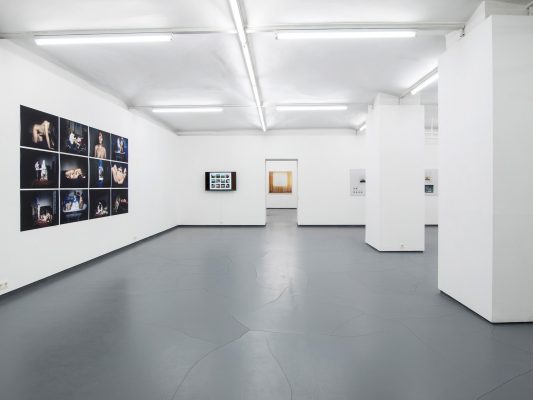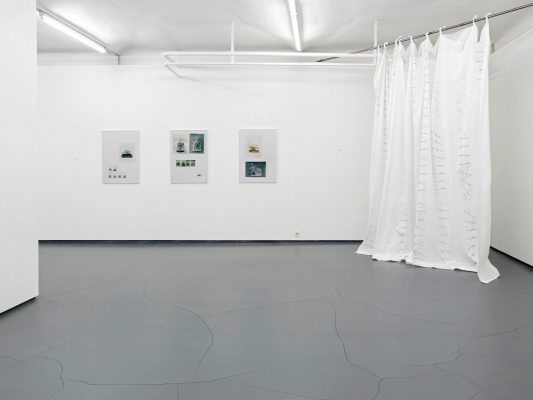Opening: Monday, 12 May 2014 at 7 p.m.
Introduction: Elke Krasny
sponsored by: BKA Kunst; MA7-Kultur; Cyberlab; Collegium Hungaricum, Vienna
The contemporary self is under pressure. It has to assert its own capital between he technologically expansive social networks and the self-published performance record demanded by neoliberalism. The self has to be both affective and effective. At the same time there is continuous access to its increasingly de-privatised data. In this year’s special focus, BIOGRAPHY, the FOTOGALERIE WIEN is showing art works that engage with the complex issues of life experience from different perspectives. The curatorial team, working in an intensive dialogue with the participating artists who work with photography, video and film, have developed a tripartite series of exhibitions with the titles ICH, WIR and DU [ME, WE, YOU].
The first exhibition of the BIOGRAPHY trilogy is dedicated to autobiography. The individual’s experiences of childhood, family, illness and religion that often run up against the limits of what can be communicated as well as the various methods of introspection determine the artists approaches. The precision of the ME exhibition lies in the fact that the “me” is neither reduced nor described at the level of the lowest common denominator but, rather, the experiential aspects of one’s own life are given public form in transgressive constructions, deconstructions and reconstructions.
The historical Elephant Man (Joseph Merrick) sold his printed biography to visitors to the freak show in which he appeared in Victorian London. It begins I first saw the light… and this is the title of Phillip Warnell’s 16 mm film. However, instead of the Elephant Man we see evidence of the work of his handwork, traces of his physical presence. During a stay in the Royal London Hospital Merrick made a cardboard model of a church. It has been preserved to this day exhibited in a vitrine. It has been meticulously recorded, circumnavigated and measured by the camera. Warnell’s film pursues that life of transhumanist transgression, spectacle and bio politics.
In her long-term project, Kinderwunsch [A Desire for Children], Ana Casas Broda exposes the intimate relationship between her pregnant body and the growing infant bodies of her two sons. The strength of radical vulnerability talks to us from these photographic explorations of self-knowledge. Maternity here is understood as a complex process of becoming where changes always imply an alterity that cannot be divorced from the experience of the children.
For the series Summer 2013, Anja Manfredi used photo development trays as plant holders. Metaphorically and literally plants embody the contradictions between ordered cultivation and unbridled proliferation, between well-tended care and a transgressive breaking out, between nurture and resistance. In her work Eine Geste wird belichtet [A Gesture is Exposed], (2010–2013) she crosses the borders imposed by the flatness of the photograph by moving into space, exchanging the stasis of photography for the movement of 16mm film and translating the individual frames into a curtain with the abstract signs of a choreography.
In Une enfance (im)possible avec mon père [An (Im)possible Childhood with my Father], Brigitte Konyen reworks the entrenched conventions of the photo album that one is prone to accept without question. Everything was as it appears in the photo album. Using the few photographs she has of her father she generates a new, imaginary and desirable childhood in which her father is suddenly present whereas her real childhood experiences were marked by his absence.
Christoph Burtscher is showing Arbeiten an einem Wunder – Neun Versuche zu HIV-, Blut- und Heiligenbildern. [Works about a miracle – nine images about HIV, blood and saints]. He links his experience of religion – he attended a religious boarding school – with the experience of HIV. Blood is the direct link between miracles and disease, between saints and Aids, between hope of being cured and degeneration. In his art works bodily fluids and their concrete abstractions connect the venerated with the outcasts.
Rudolf Strobl constructs memories by using the photographic medium. Nothing is left to chance here. Memories have to be planned. He takes up the relationship to his parents and the spaces of his childhood recording them as a matter between documentation and fiction while at the same time giving the former a voice of their own. He is exhibiting one large format photograph from the Fenster [Windows] series. It reduces the room to a window and curtain thus blocking the view and opening up a space for imaginary memories.
The impossibly elusive day of one’s own birth is celebrated as a birthday. For the last 22 years Hermann Capor has been recording in a strictly conceptual obsession the changes on his birthday, morning to evening, and the changes in his life due to the way this special day passes on a single roll of film (12 exposures).The rules that apply to this birthday chronicle state that the film has to be completely exposed and that none of the photos – even if something went wrong when they were taken – can be left out.
Krisztina Fazekas-Kielbassa works through the traumatic experiences of being abused by her mother and also shows that even the potential for artistic re-working of experience runs up against painful limitations. The extreme borderline experiences of suffering, pain and abuse is ineradicable and the artist makes their ineradicable nature present. At the same time her work is evidence that it is possible to employ artistic strategies as a defence against inarticulacy, the powerlessness of the experience.
(textual support: Elke Krasny)
